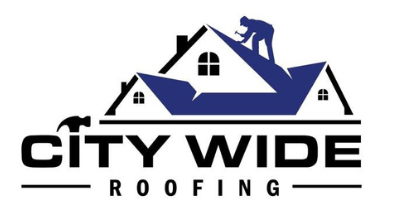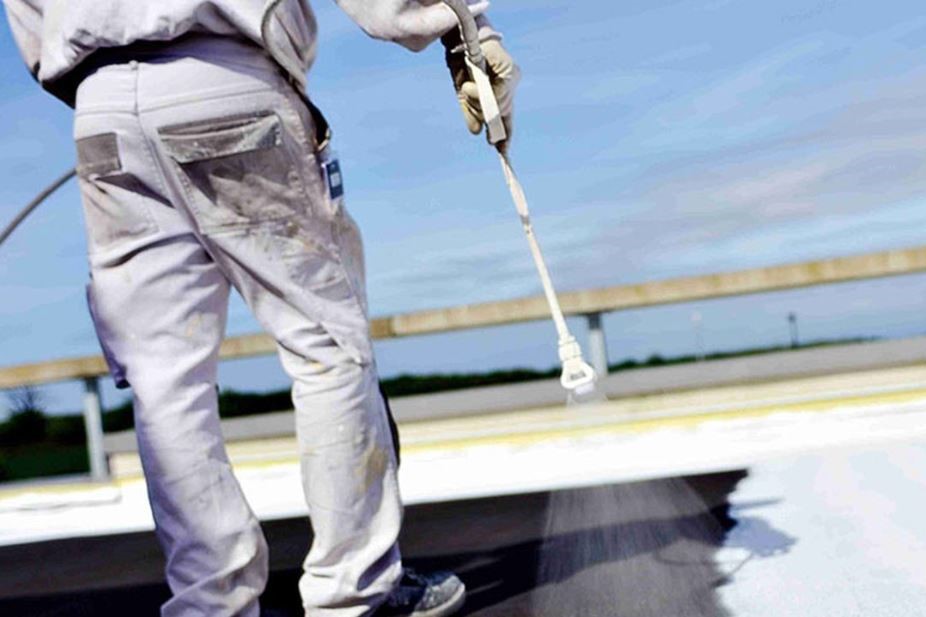Cities worldwide are becoming increasingly warmer than their rural counterparts, a phenomenon known as the urban heat island effect. This rise in temperature is primarily due to human activities, notably the extensive use of dark surfaces like asphalt and concrete that absorb sunlight and radiate heat.
Simultaneously, the lack of green spaces further exacerbates this issue by reducing natural cooling mechanisms. However, innovative solutions such as cool roofs have emerged to mitigate this escalating problem.
Cool roofs are designed with highly reflective materials that repel more sunlight than they absorb, thus maintaining lower surface temperatures compared to traditional roofing systems. By reducing the amount of absorbed solar energy, these rooftops can significantly reduce indoor temperatures, thereby decreasing the reliance on air conditioning systems and contributing to substantial energy savings.
Moreover, when implemented on a large scale across an urban area, cool roofs can effectively lower ambient temperatures and consequently alleviate the intensity of urban heat islands. This article explores how cool roofs contribute to combating urban warming while also examining the science behind their design and efficiency.
The Science and Benefits of Highly Reflective Rooftops
Highly reflective rooftops, often referred to as ‘cool roofs’, utilize the science of solar reflectance and thermal emissivity to significantly diminish the urban heat island effect, offering not only an environmentally friendly solution but also a host of financial benefits.
These cool roofs are constructed using reflective materials that have the ability to repel a substantial portion of sunlight, thereby reducing the amount of heat absorbed. Notably, these materials include white coatings, reflective tiles or shingles, and even metallic surfaces. By doing so, they effectively decrease surface temperatures by up to 50°F (28°C), thus helping in curbing the escalating urban temperature.
Moreover, cool roofs play a crucial role in energy savings – a benefit that cannot be overstated considering the urgent need for sustainable solutions amidst growing environmental concerns. Lower roof temperatures translate into less heat transfer into buildings, thereby reducing the demand for air conditioning and leading to significant energy savings.
Additionally, during winter months when heating is required, any potential loss in heat from high reflectivity is generally outweighed by summertime energy saving benefits in most climates. Thus it can be inferred that highly reflective rooftops are not just an answer to reducing urban heat islands but also provide tangible cost-saving advantages while fostering a sense of collective responsibility towards sustainable living.


